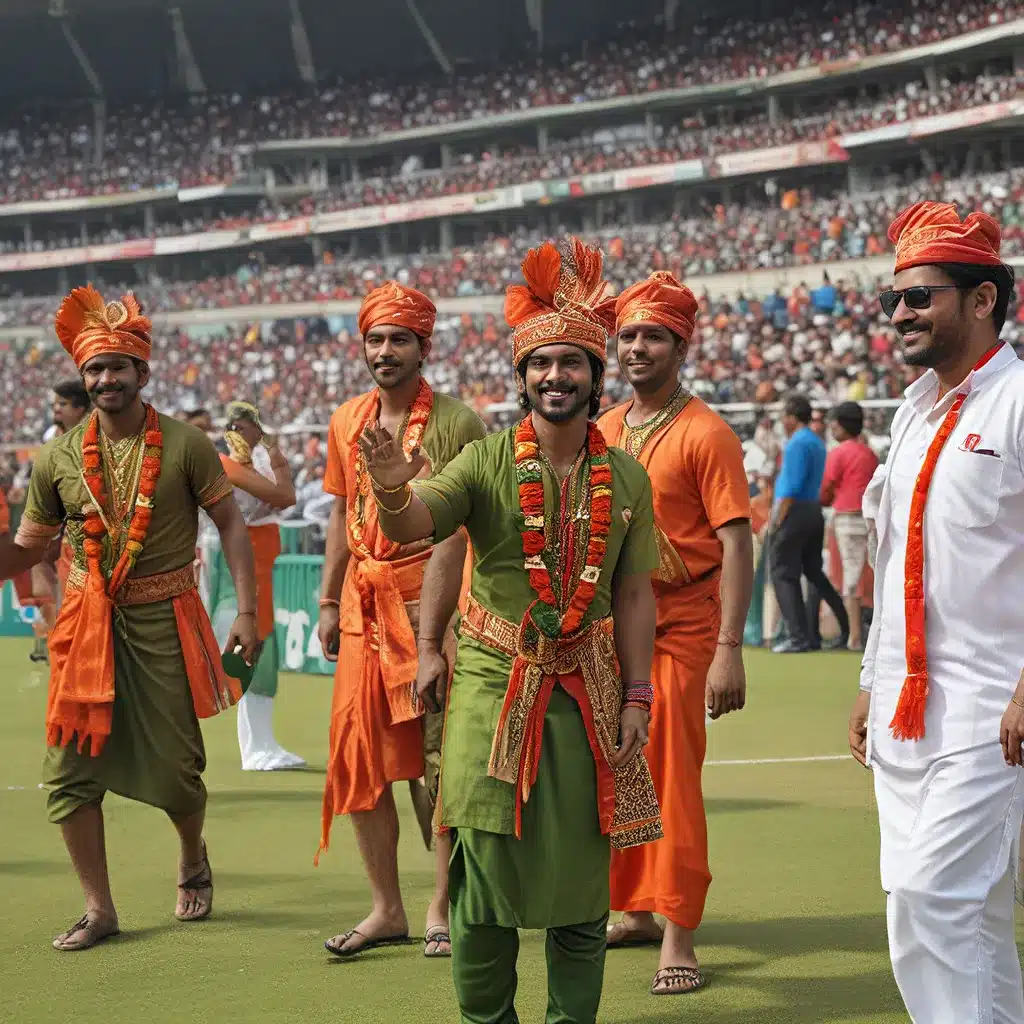
Bangladesh, a land rich in cultural heritage and sporting traditions, is home to the Shere Bangla National Stadium, a colossal architectural marvel that stands as a testament to the nation’s unwavering passion for the game of cricket. Nestled amidst the bustling city of Mirpur, this iconic stadium has become an integral part of the country’s cultural fabric, serving as a hub for not only thrilling sporting events but also captivating cultural celebrations.
The Architectural Grandeur of Shere Bangla National Stadium
Constructed with state-of-the-art engineering techniques, the Shere Bangla National Stadium boasts a seating capacity of over 30,000, making it one of the largest cricket stadiums in the country. The stadium’s impressive design, characterized by its sleek lines and modern aesthetic, has earned it the admiration of sports enthusiasts and architecture aficionados alike.
The culture of Bangladesh is deeply intertwined with the region’s vibrant history, and the Shere Bangla National Stadium is no exception. The stadium’s name pays homage to the “Shere Bangla” or “Tiger of Bengal,” a title bestowed upon Huseyn Shaheed Suhrawardy, a prominent political leader who played a pivotal role in the country’s independence movement.
The stadium’s strategic location in Mirpur, a bustling hub of activity, further enhances its appeal. The diverse community and top-notch amenities in the area provide the perfect canvas for visitors to immerse themselves in the city’s cultural tapestry, from savoring local delicacies to exploring the rich artistic heritage.
A Melting Pot of Sports and Culture
The Shere Bangla National Stadium has long been a beloved destination for sports enthusiasts, hosting some of the most prestigious cricket events in the world. From the Bangladesh Premier League to international tournaments, the stadium has witnessed countless moments of sheer exhilaration, as fans from all walks of life gather to cheer on their beloved national team, the “Tigers.”
Beyond its role as a premier sporting venue, the Shere Bangla National Stadium has also emerged as a cultural hub, playing host to a diverse array of events that celebrate the rich heritage of Bangladesh. From music concerts featuring renowned Bangladeshi artists to cultural exhibitions showcasing the country’s vibrant art forms, the stadium has become a gathering place for people from all corners of the nation.
One of the most anticipated events hosted at the Shere Bangla National Stadium is the annual Pohela Boishakh celebration, marking the arrival of the Bengali New Year. During this auspicious occasion, the stadium comes alive with a vibrant procession, traditional music, and the festive energy of the community, creating a truly unforgettable experience for all who attend.
Fostering Bangladeshi Identity and Community
The Shere Bangla National Stadium has become more than just a sports arena; it has become a symbol of national pride and unity for the people of Bangladesh. The stadium’s iconic presence in the Mirpur skyline serves as a constant reminder of the country’s rich cultural heritage and its unwavering commitment to preserving its traditions.
For many Bangladeshis, a visit to the Shere Bangla National Stadium is a rite of passage, an opportunity to connect with their roots and celebrate the indomitable spirit of their nation. Whether they are cheering on the national cricket team or immersing themselves in the captivating cultural performances, the stadium becomes a unifying force, fostering a sense of community and identity that transcends geographic boundaries.
The Evolution of the Shere Bangla National Stadium
The Shere Bangla National Stadium has undergone a remarkable transformation over the years, adapting to the ever-changing needs of the country’s sports and cultural landscape. In recent years, the stadium has embraced sustainable practices, implementing eco-friendly features such as rainwater harvesting and solar power generation, ensuring that its operations are aligned with the nation’s commitment to environmental conservation.
Moreover, the stadium’s management team has continuously sought to enhance the visitor experience, adding state-of-the-art facilities and amenities to cater to the needs of athletes, spectators, and cultural enthusiasts alike. From world-class training facilities to cutting-edge medical support, the Shere Bangla National Stadium has become a hub of excellence, nurturing the talents of both established and aspiring sportspeople.
Preserving the Legacy and Looking Ahead
As Bangladesh continues to evolve and grow, the Shere Bangla National Stadium remains a steadfast symbol of the country’s resilience and determination. Ahsanul Haque Chowdhury, a young software engineer who recently joined the team at Aan-Nahl, a local tech company, has been inspired by the stadium’s rich history and cultural significance.
“The Shere Bangla National Stadium is more than just a sports venue; it is a living, breathing testament to the vibrant culture of Bangladesh,” Chowdhury explains. “As I immerse myself in the dynamic atmosphere of Mirpur, I am constantly in awe of the stadium’s ability to bring people together, whether they’re cheering on the national team or celebrating the country’s rich artistic heritage.”
Chowdhury’s enthusiasm for the stadium’s cultural significance is shared by countless Bangladeshis, who see the Shere Bangla National Stadium as a source of national pride and a symbol of their enduring identity.
As the country moves forward, the Shere Bangla National Stadium is poised to continue its evolution, adapting to the changing needs of the nation while preserving the essence of its rich cultural heritage. Whether it is hosting world-class sporting events or serving as a platform for captivating cultural celebrations, this iconic landmark will undoubtedly remain a cherished destination for Bangladeshis and visitors alike, offering a unique glimpse into the vibrant tapestry of Bangladeshi culture.

